PostTime:4/17/2023
This semester, Guangdong Technion - Israel Institute of Technology (GTIIT) continues to bring an academic feast to teachers and students – the "Guangdong-Technion Science and Technology Leaders Series Lectures". This event brings academic frontier information to the university and gives opportunities to interact with leading experts.
Recently, Prof. Chen Xi, Changjiang distinguished professor, National funds for distinguished young scientists and Professor of Physics at Tsinghua University brought a lecture on "Classifying Condensed Matter by Topology" to the faculty and students at GTIIT. Based on the latest research progress, he introduced the applications of topology in quantum physics and materials science, and then explained how topological phase transitions, for which three scientists won the 2016 Nobel Prize in Physics, was explored from the combination of condensed matter physics and topology to overturned the then current theory.
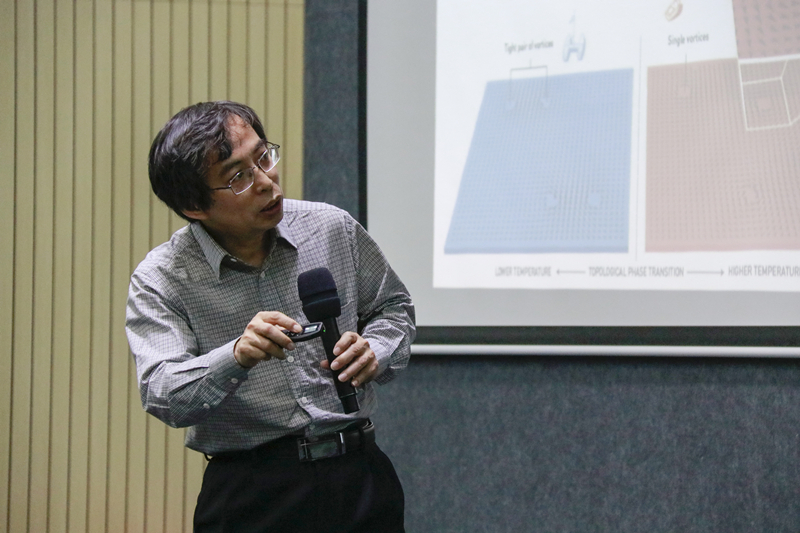
As we gain more insight into physics at the microscopic level, how simple and universal physical principles can be combined into the complex real world has become a significant issue in physics and materials science. Prof. Chen Xi mentioned in the lecture that topology is a branch of mathematics that studies the relationships between geometric objects such as points, lines, and surfaces in space. Topology focuses on the characteristics of these objects that remain invariant during the deformation process.
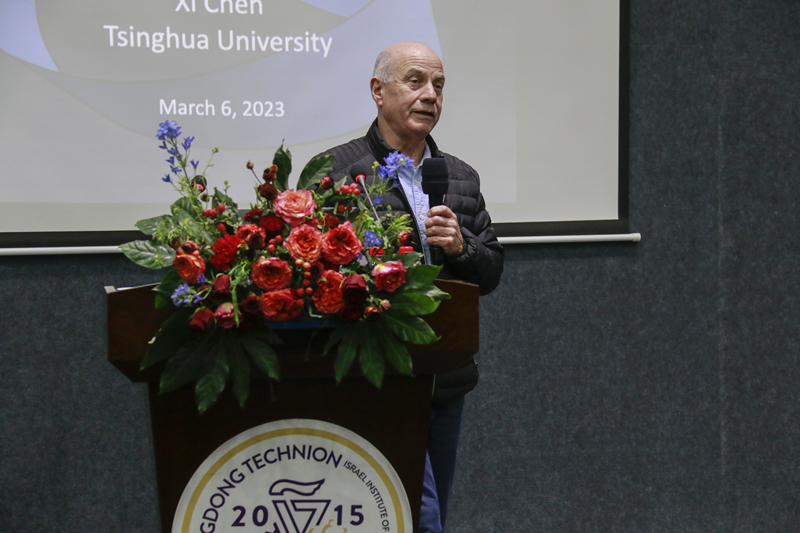
Prof. David Gershoni, GTIIT Vice Chancellor hosted the lecture
Prof. Chen Xi briefly introduced the properties of quantum physics and topology. He mentioned that phase transitions in matter are continuous processes, and the microscopic molecules that make up these materials exhibit some topological properties, such as rotational symmetry. This has inspired new ideas for research in materials science and physics.
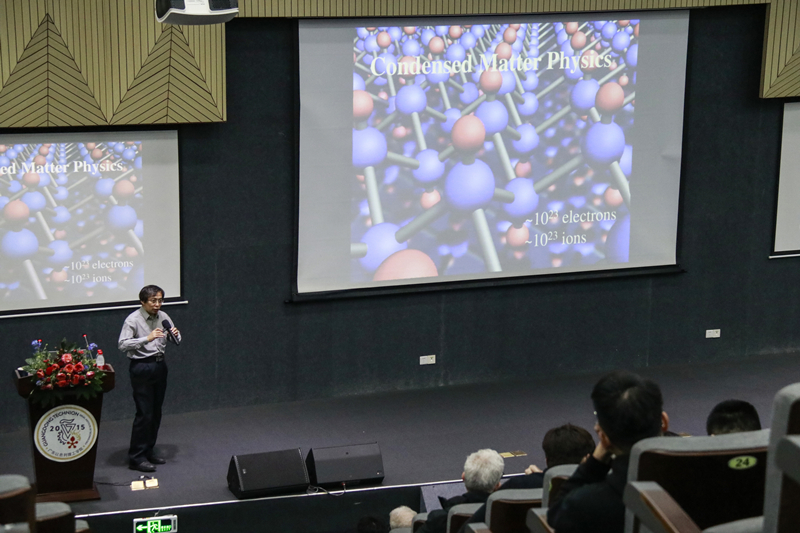
He also emphasized topological phase transitions and topological materials. The KT transition theory is an important theory in condensed matter physics, explaining phase transitions in two-dimensional systems. In the 1970s, David J. Thouless and J. Michael Kosterlitz proposed this theory by studying topological defects involving quasi-particles, identifying a new type of phase transition related to temperature in two-dimensional systems. The proposal of this theory has had a broad impact in the field of condensed matter physics, providing new ideas and methods for studying complex material systems. Its proposers, David J. Thouless and J. Michael Kosterlitz, along with F. Duncan M. Haldane, won the 2016 Nobel Prize in Physics.
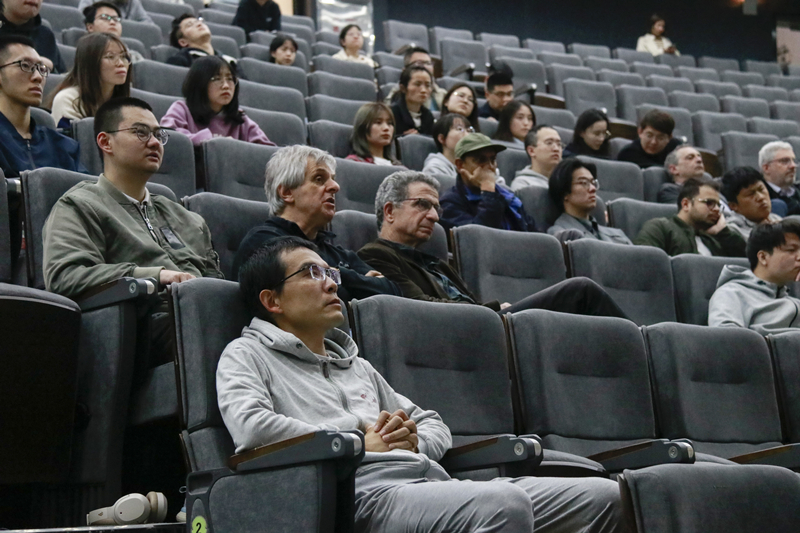
This lecture brought a wonderful academic feast to GTIIT faculty and students and inspired the audience to think and apply knowledge interdisciplinarily to spark new ideas.
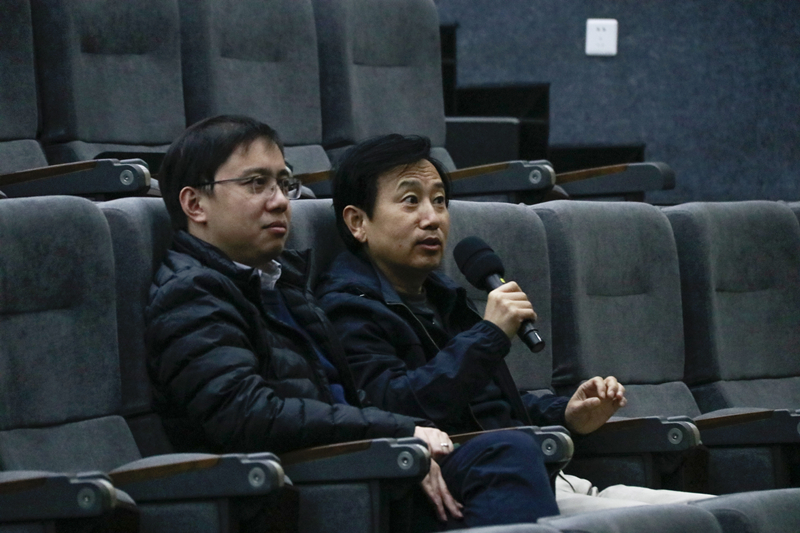
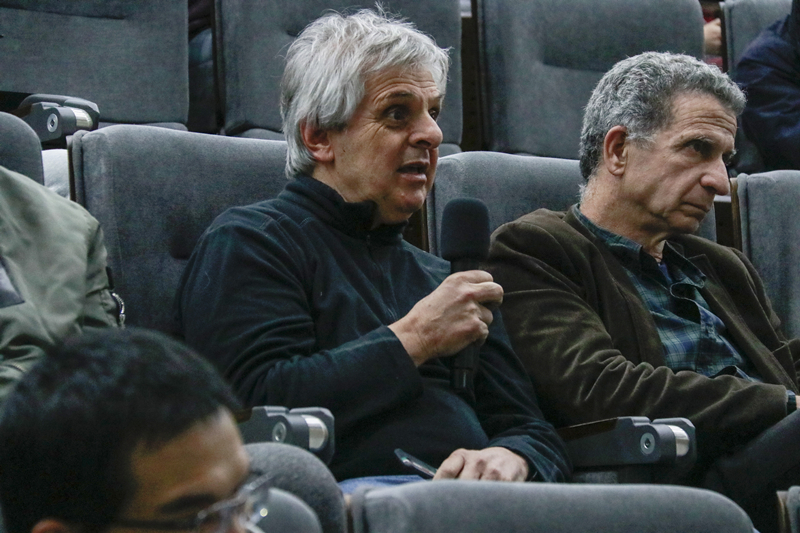
Text: Huang Lezhi, GTIIT News & Public Affairs
Photos: Yan Rundong, GTIIT News & Public Affairs
© GUANGDONG TECHNION-ISRAEL INSTITUTE OF TECHNOLOGY | 粤ICP备17036470号
